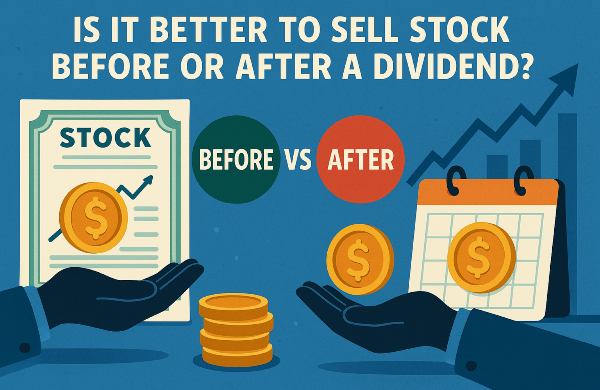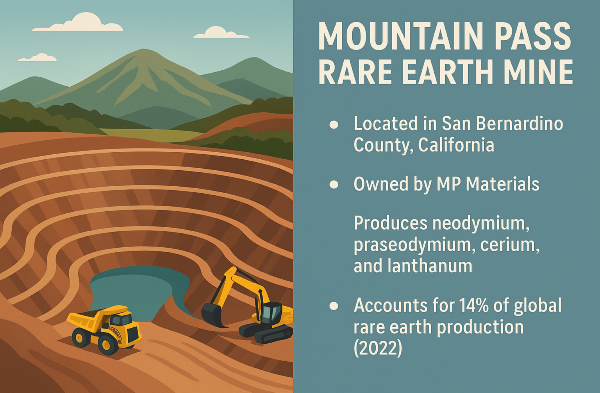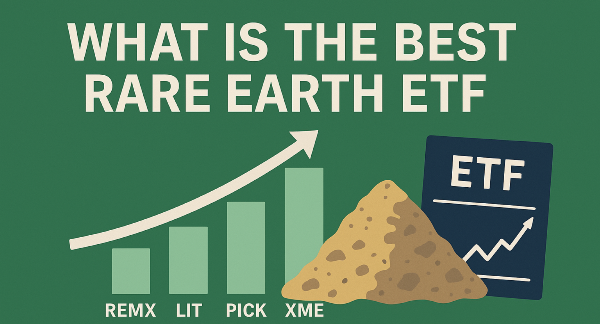Introduction
Alright, picture this: you’ve got some shares in a dividend-paying stock, and you’re wondering when to cash out. Sell before the dividend? You dodge the tax hit but miss that sweet passive income. Sell after? You get the payout, but the stock might dip like a disappointed souffle. It’s all about timing, strategy, and figuring out how to squeeze the most out of your investment. Let’s get into the nitty-gritty.
Understanding Dividends
Dividends are basically companies giving you a high-five in the form of cash (or stock) just for holding their shares. Nice, right? But here's the catch—once they announce a dividend, stock prices can react. Investors pile in, expecting a payday, which can push prices up. Then, the ex-dividend date arrives, and boom, price drop. Why? Because new buyers don’t get the dividend, and the market adjusts accordingly. If you're holding shares before this date, congrats—you’re getting paid. If not? Sorry, no free money for you. The record date is when the company officially determines who qualifies for that sweet, sweet payout, so keeping track of these dates is crucial for timing your trades.
Selling Before a Dividend: Pros and Cons
Pros
Selling before the dividend payout can be a smart move if you’re trying to avoid potential price dips and weird tax implications. The stock price may still be riding the pre-dividend hype train, meaning you can cash out before it potentially slumps. Bonus? No dividend tax to deal with. Plus, getting out early means you can reinvest your money elsewhere instead of waiting around for a payout.
Cons
But wait—there’s a downside. If you sell too early, you’re missing out on free money. Dividends are a steady source of income, and skipping them means forfeiting cash that could be reinvested. Also, stocks can get a little wild around dividend time—selling at the wrong moment could mean missing out on a higher price. And let's not forget compound growth—reinvesting dividends over time is a solid wealth-building strategy, and you’d be throwing that out the window.
Selling After a Dividend: Pros and Cons
Pros
Holding onto your stock through the dividend date means you get paid. That’s extra income coming your way, which you can either cash out or reinvest. Some stocks even recover after the ex-dividend price drop, giving you a chance to sell after the dip, potentially at a better price. And, in some cases, dividends are taxed more favorably than regular capital gains, which could work to your advantage.
Cons
Of course, there’s risk here too. That stock price recovery? Not guaranteed. Sometimes stocks don’t bounce back, and you could end up selling at a lower price than anticipated. Plus, by waiting for the dividend, you’re tying up your money—meaning less flexibility for reinvestment. Oh, and those dividends? Yeah, they can come with tax baggage, so it’s not always a free lunch.
Key Factors to Consider
So, sell before or after? Depends on your strategy. Are you in this game for passive income, or are you all about squeezing maximum gains out of every trade? Consider market conditions—some stocks recover post-dividend, some don’t. Taxes matter too—dividends could be taxed differently than capital gains, which could influence your decision. And finally, think about liquidity—do you need cash now for another opportunity, or are you fine waiting for the payout?
Conclusion
At the end of the day, there’s no perfect answer. If you're focused on growth, selling before might be better. If you love dividends and steady income, holding through the payout might make more sense. Either way, knowing how stock prices react around dividend dates—and factoring in taxes, market trends, and your own financial goals—can help you play the game smarter.
So… what’s the move?
🚀 Master Dividend Investing – Your Ultimate Guide 💰
Looking to supercharge your portfolio with dividend stocks? 📈 Check out these essential reads:
🏆 Top Dividend Stocks & Strategies
💰 Passive Income & Dividend Power Moves
🔍 How to Pick Winning Dividend Stocks
📊 Dividend Ratios & Metrics
⚡ Dividend Timing & Tax Strategies
🔗 Bookmark this guide & start your dividend wealth journey today! 🚀💸




























Introduction
Alright, picture this: you’ve got some shares in a dividend-paying stock, and you’re wondering when to cash out. Sell before the dividend? You dodge the tax hit but miss that sweet passive income. Sell after? You get the payout, but the stock might dip like a disappointed souffle. It’s all about timing, strategy, and figuring out how to squeeze the most out of your investment. Let’s get into the nitty-gritty.
Understanding Dividends
Dividends are basically companies giving you a high-five in the form of cash (or stock) just for holding their shares. Nice, right? But here's the catch—once they announce a dividend, stock prices can react. Investors pile in, expecting a payday, which can push prices up. Then, the ex-dividend date arrives, and boom, price drop. Why? Because new buyers don’t get the dividend, and the market adjusts accordingly. If you're holding shares before this date, congrats—you’re getting paid. If not? Sorry, no free money for you. The record date is when the company officially determines who qualifies for that sweet, sweet payout, so keeping track of these dates is crucial for timing your trades.
Selling Before a Dividend: Pros and Cons
Pros
Selling before the dividend payout can be a smart move if you’re trying to avoid potential price dips and weird tax implications. The stock price may still be riding the pre-dividend hype train, meaning you can cash out before it potentially slumps. Bonus? No dividend tax to deal with. Plus, getting out early means you can reinvest your money elsewhere instead of waiting around for a payout.
Cons
But wait—there’s a downside. If you sell too early, you’re missing out on free money. Dividends are a steady source of income, and skipping them means forfeiting cash that could be reinvested. Also, stocks can get a little wild around dividend time—selling at the wrong moment could mean missing out on a higher price. And let's not forget compound growth—reinvesting dividends over time is a solid wealth-building strategy, and you’d be throwing that out the window.
Selling After a Dividend: Pros and Cons
Pros
Holding onto your stock through the dividend date means you get paid. That’s extra income coming your way, which you can either cash out or reinvest. Some stocks even recover after the ex-dividend price drop, giving you a chance to sell after the dip, potentially at a better price. And, in some cases, dividends are taxed more favorably than regular capital gains, which could work to your advantage.
Cons
Of course, there’s risk here too. That stock price recovery? Not guaranteed. Sometimes stocks don’t bounce back, and you could end up selling at a lower price than anticipated. Plus, by waiting for the dividend, you’re tying up your money—meaning less flexibility for reinvestment. Oh, and those dividends? Yeah, they can come with tax baggage, so it’s not always a free lunch.
Key Factors to Consider
So, sell before or after? Depends on your strategy. Are you in this game for passive income, or are you all about squeezing maximum gains out of every trade? Consider market conditions—some stocks recover post-dividend, some don’t. Taxes matter too—dividends could be taxed differently than capital gains, which could influence your decision. And finally, think about liquidity—do you need cash now for another opportunity, or are you fine waiting for the payout?
Conclusion
At the end of the day, there’s no perfect answer. If you're focused on growth, selling before might be better. If you love dividends and steady income, holding through the payout might make more sense. Either way, knowing how stock prices react around dividend dates—and factoring in taxes, market trends, and your own financial goals—can help you play the game smarter.
So… what’s the move?
🚀 Master Dividend Investing – Your Ultimate Guide 💰
Looking to supercharge your portfolio with dividend stocks? 📈 Check out these essential reads:
🏆 Top Dividend Stocks & Strategies
💰 Passive Income & Dividend Power Moves
🔍 How to Pick Winning Dividend Stocks
📊 Dividend Ratios & Metrics
⚡ Dividend Timing & Tax Strategies
🔗 Bookmark this guide & start your dividend wealth journey today! 🚀💸